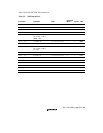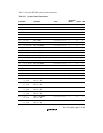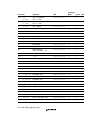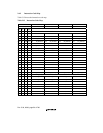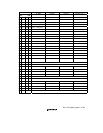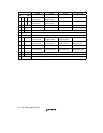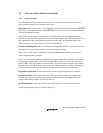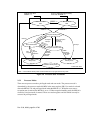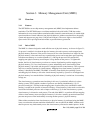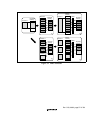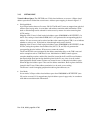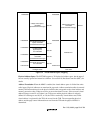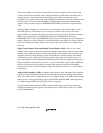
Rev. 5.00, 09/03, page 53 of 760
2.5 Processor States and Processor Modes
2.5.1 Processor States
The SH7709S has five processor states: the reset state, exception-handling state, bus-released
state, program execution state, and power-down state.
Reset State: In this state the CPU is reset. The CPU enters the power-on reset state if the RESETP
pin is low, or the manual reset state if the RESETM pin is low. See section 4, Exception Handling,
for more information on resets.
In the power-on reset state, the internal states of the CPU and the on-chip supporting module
registers are initialized. In the manual reset state, the internal states of the CPU and registers of on-
chip supporting modules other than the bus state controller (BSC) are initialized. Refer to the
register configurations in the relevant sections for further details.
Exception-Handling State: This is a transient state during which the CPU’s processor state flow
is altered by a reset, general exception, or interrupt exception handling.
In the case of a reset, the CPU branches to address H'A0000000 and starts executing the user-
coded exception handling program.
In the case of a general exception or interrupt, the program counter (PC) contents are saved in the
saved program counter (SPC) and the status register (SR) contents are saved in the saved status
register (SSR). The CPU branches to the start address of the user-coded exception service routine
found from the sum of the contents of the vector base address and the vector offset. See section 4,
Exception Processing, for more information on resets, general exceptions, and interrupts.
Program Execution State: In this state the CPU executes program instructions in sequence.
Power-Down State: In the power-down state, CPU operation halts and power consumption is
reduced. There are two modes in the power-down state: sleep mode, and standby mode. See
section 8, Power-Down Modes, for more information.
Bus-Released State: In this state the CPU has released the bus to a device that requested it.
Transitions between the states are shown in figure 2.8.



